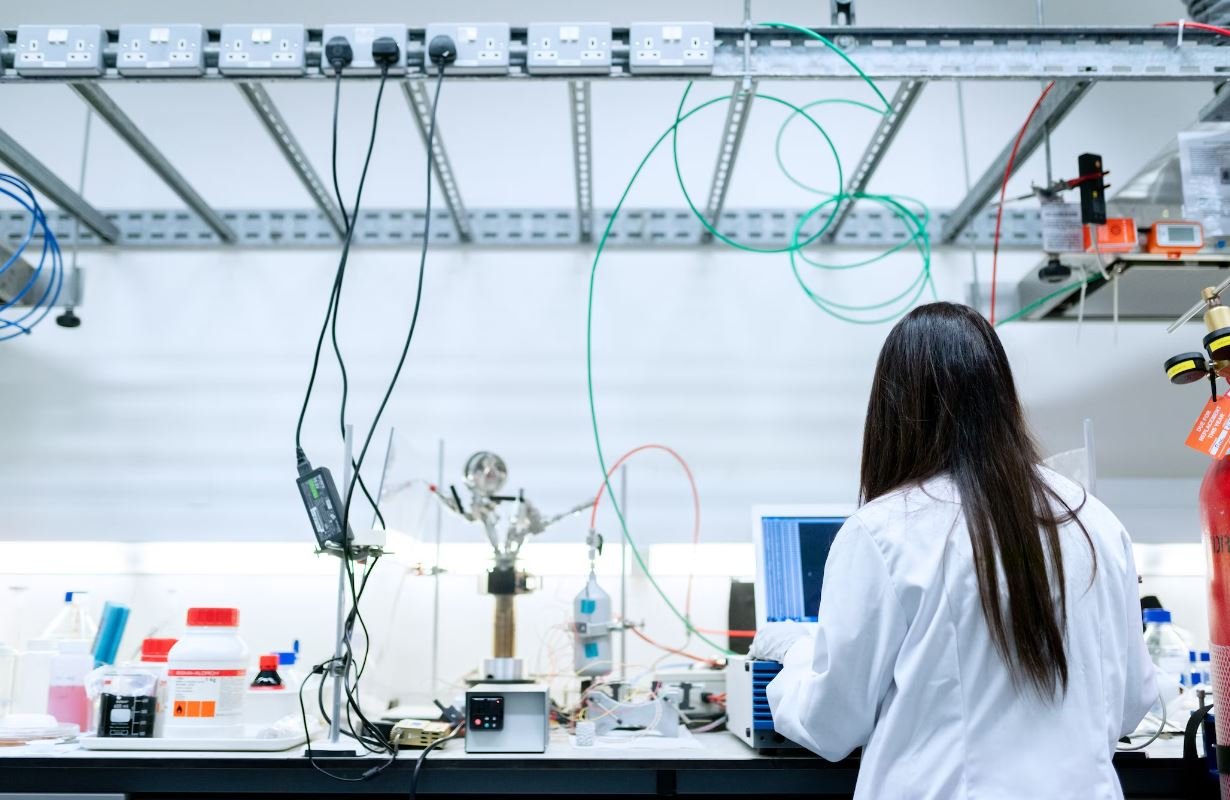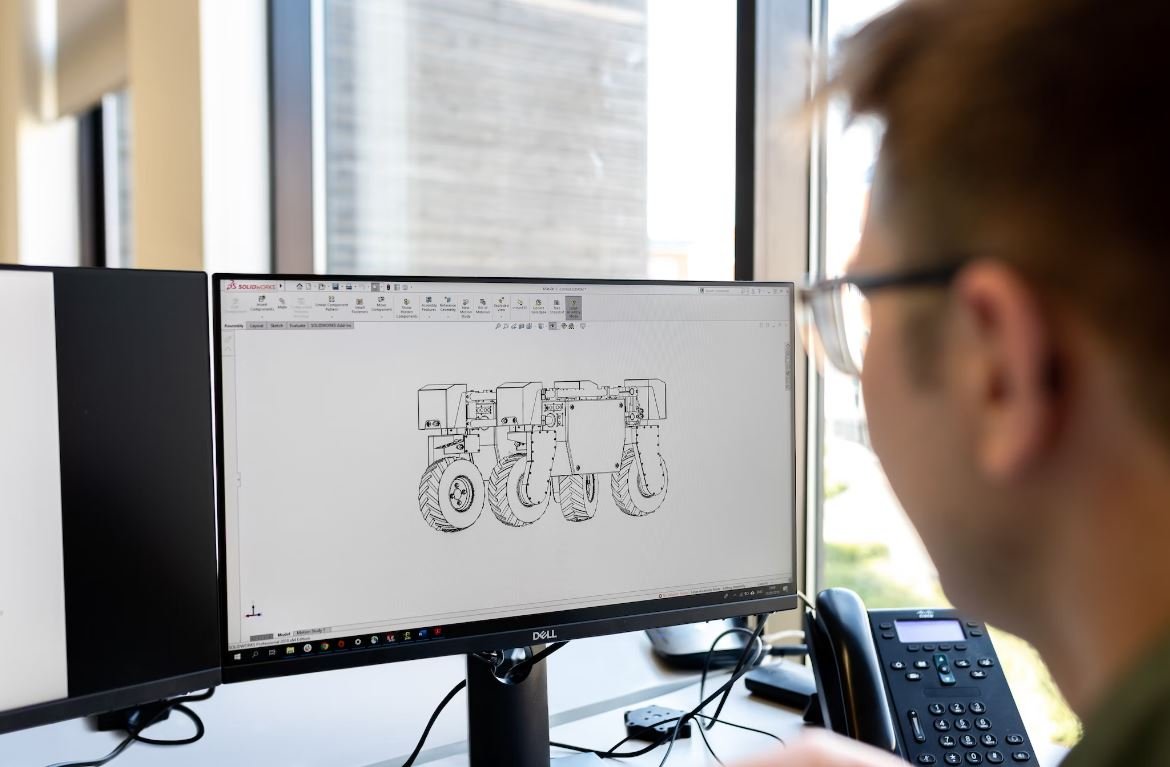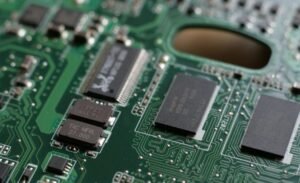Is AI Software?
Introduction
Artificial Intelligence (AI) has been a topic of fascination and debate for decades. With the rapid advancements in technology, AI has become more prominent in our lives, raising the question: Is AI software? In this article, we will delve into this topic and explore the relationship between AI and software.
Key Takeaways
- AI is a branch of computer science that aims to create machines capable of intelligent behavior.
- Software refers to the instructions and data that enable computers to perform specific tasks.
- AI relies on software to process and analyze vast amounts of data to make decisions or perform tasks.
- AI can be considered as a combination of software, algorithms, and machine learning techniques.
Understanding AI
AI encompasses the development of computer systems capable of performing tasks that typically require human intelligence. *The goal of AI is to simulate human-like thinking and decision-making processes.* It involves various branches such as machine learning, natural language processing, computer vision, and robotics. AI algorithms and models enable machines to learn from data, recognize patterns, and make predictions or decisions based on that information.
AI and Software
AI relies heavily on software to function effectively. *Software provides the foundation for AI systems to process and analyze vast amounts of data in a timely manner.* It enables AI to understand, learn, and respond to different inputs. AI software encompasses algorithms, models, and techniques that allow machines to perform tasks intelligently. Without software, AI systems would not be able to process information or make informed decisions.
The Role of Machine Learning
Machine learning plays a crucial role in AI. Through the use of algorithms and statistical models, machines can learn from data and improve their performance over time. *Machine learning algorithms enable AI systems to understand and adapt to new information, enhancing their capabilities and accuracy.* This iterative learning process allows AI to continuously improve its performance without being explicitly programmed for each task.
AI vs. Traditional Software
AI differs from traditional software in its ability to analyze data, learn from it, and make autonomous decisions. *While traditional software follows predetermined instructions to execute tasks, AI software can adapt and evolve based on the data it processes.* This adaptability makes AI software more flexible and capable of handling complex and dynamic situations.
AI Software in Action
AI software is already being used in various fields such as healthcare, finance, and transportation. To illustrate this, let’s look at some real-world applications:
| Industry | AI Application |
|---|---|
| Healthcare | AI-powered diagnosis of medical conditions based on symptoms and medical records |
| Finance | AI algorithms for fraud detection and risk assessment in banking and insurance |
| Transportation | Autonomous vehicles using AI software for navigation and decision-making on the road |
These examples demonstrate how AI software is transforming industries by providing accurate predictions, improving efficiency, and enabling automation of complex tasks.
AI and the Future
The field of AI is continually evolving as technology advances and new possibilities emerge. *As AI software becomes more sophisticated, we can expect to see further integration of AI in our daily lives.* From virtual assistants to smart home devices, AI will continue to play an increasingly significant role in shaping the future of technology.

Common Misconceptions
AI is a Human-like Robot
One common misconception about AI is that it refers to human-like robots such as those portrayed in movies like “The Terminator” or “I, Robot.” However, AI actually refers to the intelligence exhibited by machines or software, and it doesn’t necessarily involve physical embodiments. It can be present in simple smartphone apps or complex systems used in healthcare.
- AI can exist solely as a software program without any physical form
- AI doesn’t have to possess human-like appearances or abilities
- AI can be present in various devices, from voice assistants to industrial machinery
AI Is Always Self-Learning
Another misconception about AI is that it is always self-learning and constantly improving its capabilities. While machine learning algorithms are one approach to AI, not all AI systems are designed to learn and adapt on their own. Some AI programs are rule-based and follow pre-set instructions, requiring human input to make modifications or updates.
- AI can be rule-based and rely on specific instructions
- Not all AI algorithms are designed to learn from data
- Some AI systems require human intervention to improve or update
AI Will Replace Humans in Every Job
There is a common fear that AI will eventually replace humans in every job, leading to mass unemployment. While AI has the potential to automate certain tasks and roles, it is unlikely to completely replace humans in all areas. AI is more likely to augment human capabilities and free up time for more complex, creative, or human-centric tasks.
- AI is better suited for repetitive or data-driven tasks
- Human creativity and complex problem-solving are not easily replicable by current AI systems
- AI is more likely to complement human skills rather than completely replace them
AI is Infallible and Objective
Some people believe that AI is always infallible and objective because it is based on algorithms and data. However, AI is not immune to biases and limitations. AI systems can inadvertently reinforce existing biases or generate unintended outcomes due to biases present in the training data or the algorithm design.
- AI can perpetuate biases present in the data it is trained on
- Errors and limitations can arise due to inaccurate or incomplete training data
- AI algorithms can produce unexpected results due to inherent limitations in the chosen approach
AI Poses Immediate Existential Threats
Some individuals express concerns about AI posing immediate existential threats to humanity, often portrayed in science fiction scenarios. However, such fears are largely exaggerated as current AI technologies are far from achieving human-level general intelligence or sentience. The development and deployment of AI involve ethical considerations and responsible practices to address potential risks.
- AI is designed to perform specific tasks and lacks general intelligence or consciousness
- Ethical frameworks and regulations guide the development and deployment of AI to mitigate risks
- A responsible approach ensures that AI benefits society and is aligned with human values

Introduction
Artificial Intelligence (AI) is a rapidly evolving field that has revolutionized various industries. This article delves into the question of whether AI can be considered software. Through a series of informative and visually appealing tables, we explore different aspects of AI and its software-like characteristics.
Table: Evolution of AI
This table showcases the significant milestones in AI development throughout history.
| Year | Breakthrough |
|---|---|
| 1956 | Dartmouth Workshop: Birth of AI |
| 1997 | Deep Blue defeats Garry Kasparov in chess |
| 2011 | IBM’s Watson wins Jeopardy! |
| 2016 | AlphaGo defeats world champion Go player Lee Sedol |
| 2020 | GPT-3, a language processing AI, created by OpenAI |
Table: AI Applications
This table highlights the diverse range of applications where AI technology is making a significant impact.
| Industry | AI Application |
|---|---|
| Healthcare | Medical image analysis |
| Finance | Fraud detection |
| Transportation | Autonomous vehicles |
| Education | Personalized learning algorithms |
| Entertainment | Recommendation systems |
Table: Machine Learning vs. Traditional Programming
This table compares the fundamental approaches of machine learning and traditional programming.
| Machine Learning | Traditional Programming |
|---|---|
| Learns from data | Explicitly programmed |
| Adapts to new information | Requires manual updates |
| Predicts outcomes | Executes pre-defined instructions |
| Requires large datasets | Works with structured logic |
Table: AI Ethics Concerns
This table outlines the ethical considerations surrounding AI adoption.
| Concern | Description |
|---|---|
| Bias in AI | Unfairly favoring certain demographics |
| Job displacement | Automation leading to unemployment |
| Privacy invasion | Collection and misuse of personal data |
| Unaccountable decision-making | Lack of transparency in AI decision processes |
Table: AI’s Cognitive Abilities
This table highlights AI’s cognitive capabilities and their real-world applications.
| Cognitive Ability | Application |
|---|---|
| Speech recognition | Voice assistants and transcription services |
| Image classification | Object recognition and self-driving cars |
| Natural language processing | Chatbots and language translation |
| Emotion recognition | Sentiment analysis and customer feedback |
Table: AI vs. Human Performance
This table compares the abilities of AI systems with human capabilities across various tasks.
| Task | AI Performance | Human Performance |
|---|---|---|
| Playing Chess | Superhuman | Varies based on skill |
| Language Translation | Highly accurate | Context-dependent |
| Speech recognition | Low error rate | Varies based on accent |
| Visual identification | Precision and speed | Subject to perception |
Table: AI Adoption Worldwide
This table presents statistics on the global adoption of AI technologies.
| Region | AI Adoption (% of businesses) |
|---|---|
| North America | 47% |
| Europe | 34% |
| Asia-Pacific | 27% |
| Middle East | 19% |
| Africa | 12% |
Table: The AI Hardware Market
This table showcases the size and growth of the AI hardware market.
| Year | AI Hardware Market Value (in billions) |
|---|---|
| 2020 | 9.41 |
| 2021 | 12.86 |
| 2022 | 17.24 |
| 2023 | 22.01 |
Conclusion
AI, with its ability to learn, adapt, and make decisions, possesses software-like characteristics that have transformed various industries. From healthcare to finance, AI is undoubtedly a powerful tool shaping our present and future. As it continues to evolve, addressing the ethical concerns and ensuring transparency will be crucial for harnessing the full potential of AI.
Frequently Asked Questions
Is AI Software?
Question 1:
What is AI?
AI, or Artificial Intelligence, refers to the simulation of intelligence in machines that are programmed to think and learn like humans. It encompasses various algorithms and techniques aimed at enabling computers to perform tasks that normally require human intelligence.
Question 2:
How does AI software work?
AI software utilizes deep learning algorithms and techniques such as neural networks to process vast amounts of data and recognize patterns. These algorithms train the software to identify and analyze complex relationships and make intelligent decisions or predictions based on that information.
Question 3:
What are some common applications of AI software?
AI software finds application in various fields such as healthcare, finance, manufacturing, transportation, and entertainment. Some common uses include virtual assistants, recommendation systems, fraud detection, autonomous vehicles, and image recognition.
Question 4:
Can AI software learn from its experiences?
Yes, AI software can learn from its experiences through a process called machine learning. By analyzing and adapting to data patterns, the software can continuously improve its performance and decision-making capabilities over time.
Question 5:
Are there different types of AI software?
Yes, there are different types of AI software. Some examples include weak AI, which is designed to perform specific tasks, and strong AI, which aims to replicate human-level intelligence and consciousness. Other types include narrow AI, general AI, and machine learning algorithms.
Question 6:
Are there ethical considerations associated with AI software?
Yes, ethical considerations are crucial when it comes to AI software. Issues like privacy, bias, and job displacement need to be addressed to ensure the responsible and fair use of AI technology. Establishing ethical guidelines and regulations is essential to navigate potential risks and promote public trust.
Question 7:
Is AI software capable of emotions or consciousness?
No, AI software is not capable of experiencing emotions or consciousness like humans. It can simulate certain emotions or responses based on predefined rules or algorithms, but these simulations are not genuine emotional experiences.
Question 8:
Can AI software replace human jobs?
AI software has the potential to automate certain tasks and replace some human jobs. However, it also creates new job opportunities and can enhance human productivity. Rather than full replacement, a collaborative approach where humans and AI work together is more likely in the future.
Question 9:
Is AI software safe?
AI software is generally safe when designed and implemented properly. However, there are concerns regarding malicious use or unintended consequences. Ensuring robust security measures, addressing biases, and thoroughly testing AI software are essential steps in minimizing potential risks.
Question 10:
What are the future prospects for AI software?
The future prospects for AI software are promising. As technology advances, AI is expected to have a significant impact on various industries and improve efficiency, accuracy, and innovation. Continued research, development, and responsible deployment will shape the future of AI.





